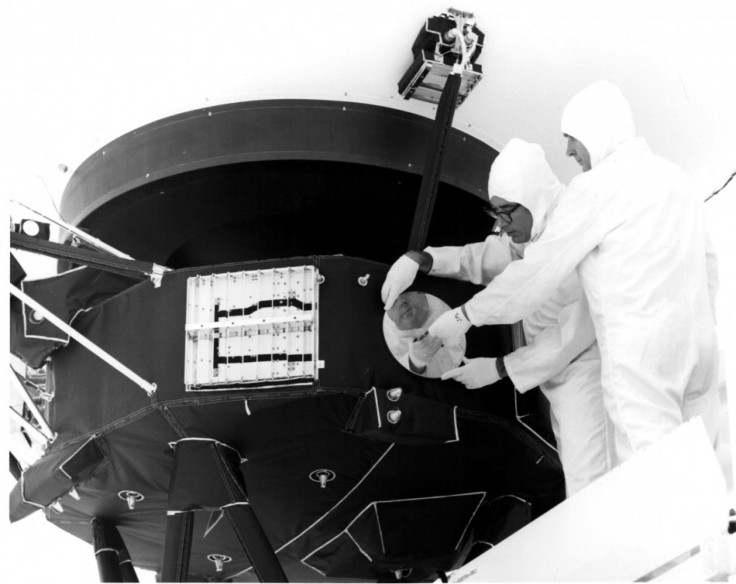Solar System's Edge Probed by Voyager 1
NASA Probe Reaches Edge of Solar System

Scientists had theorized the existence of a thin layer of the sun's outermost atmosphere where the interstellar winds bumped up against the last gasps of high energy particles at the edge of our solar system. Voyager 1, speeding through the cosmos for the last 35 years, has finally reached this zone and confirmed the sun's energy has indeed given way to particles from other galaxies.
Until now, Voyager had detected higher levels of the sun's particles than particles that had diffused into our solar system. But, at nearly 11 billion miles from the sun, Voyager now detects a higher percentage of intergalactic particles than particles from our sun.
"Voyager tells us now that we're in a stagnation region in the outermost layer of the bubble around our solar system," Ed Stone, Voyager project scientist at the California Institute of Technology in Pasadena said. "Voyager is showing that what is outside is pushing back. We shouldn't have long to wait to find out what the space between stars is really like."
This new region is like a buffer zone between our solar system and interstellar space. A place where the heliosphere, the bubble of charged particles the sun blows around itself, seems to be waning. Eventually, Voyager will sail through this layer, and enter interstellar space where our sun's influence is no longer felt at all.
Scientists previously reported the outward speed of the solar wind had diminished to zero in April 2010, marking the start of the new region. Mission managers rolled the spacecraft several times this spring and summer to help scientists discern whether the solar wind was blowing strongly in another direction. It was not. Voyager 1 is plying the celestial seas in a region similar to Earth's doldrums, where there is very little wind.
During this past year, Voyager's magnetometer also detected a doubling in the intensity of the magnetic field in the stagnation region. Like cars piling up at a clogged freeway off-ramp, the increased intensity of the magnetic field shows that inward pressure from interstellar space is compacting it.
Voyager has been measuring energetic particles that originate from inside and outside our solar system. Until mid-2010, the intensity of particles originating from inside our solar system had been holding steady. But during the past year, the intensity of these energetic particles has been declining, as though they are leaking out into interstellar space. The particles are now half as abundant as they were during the previous five years.
© Copyright IBTimes 2024. All rights reserved.





















